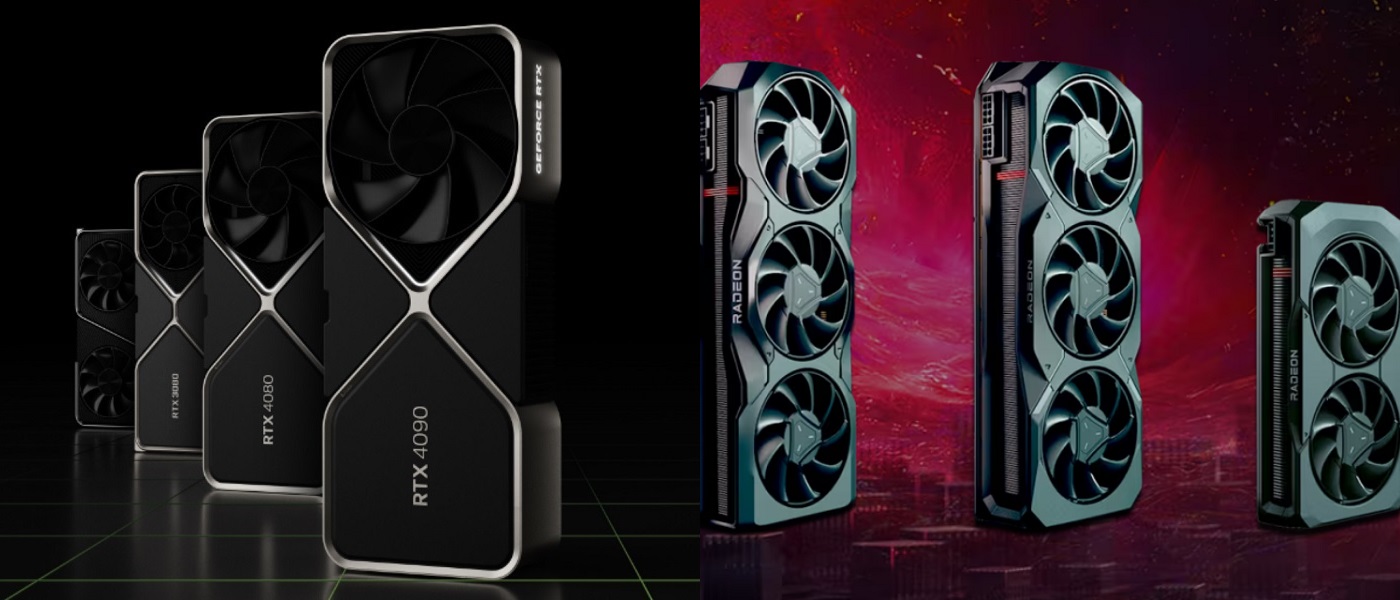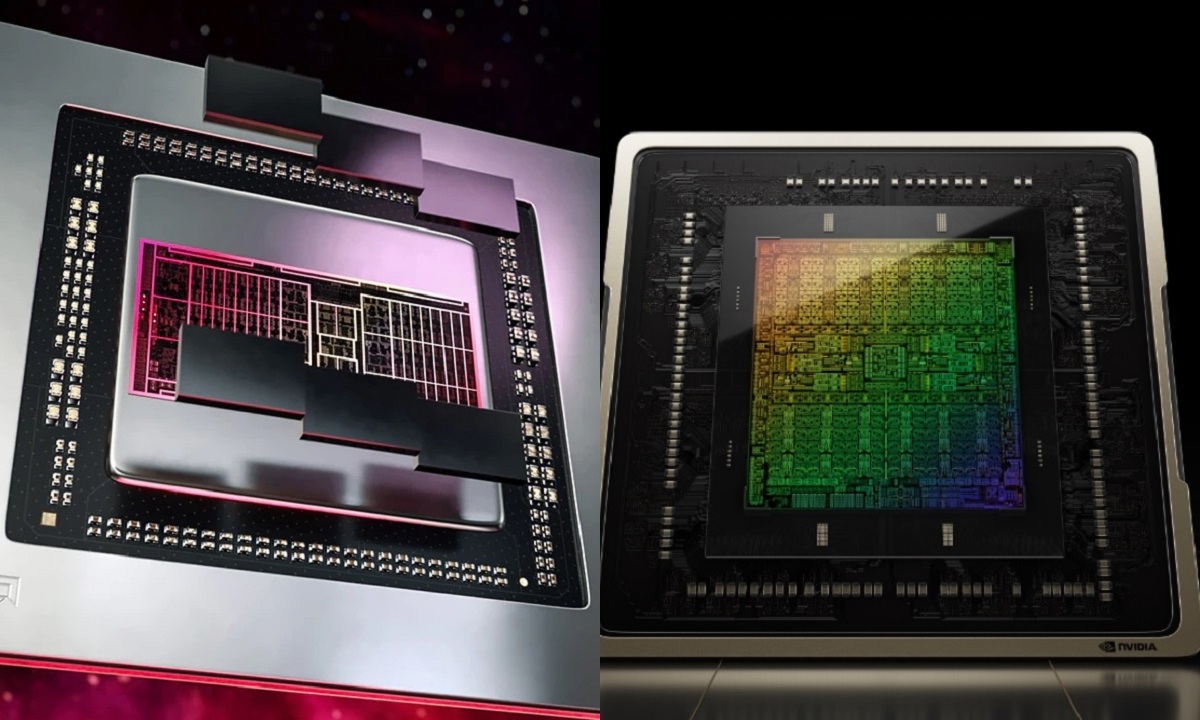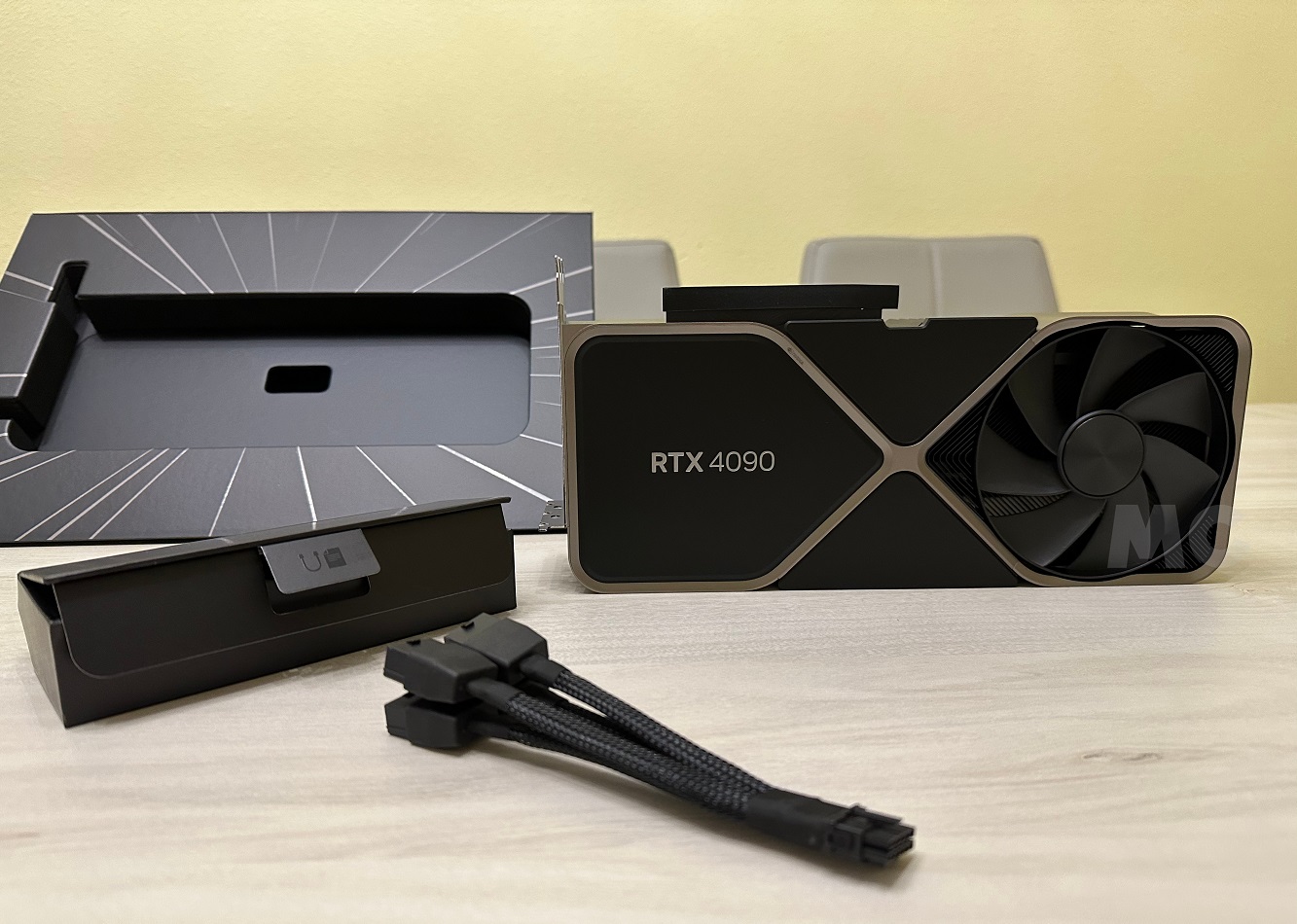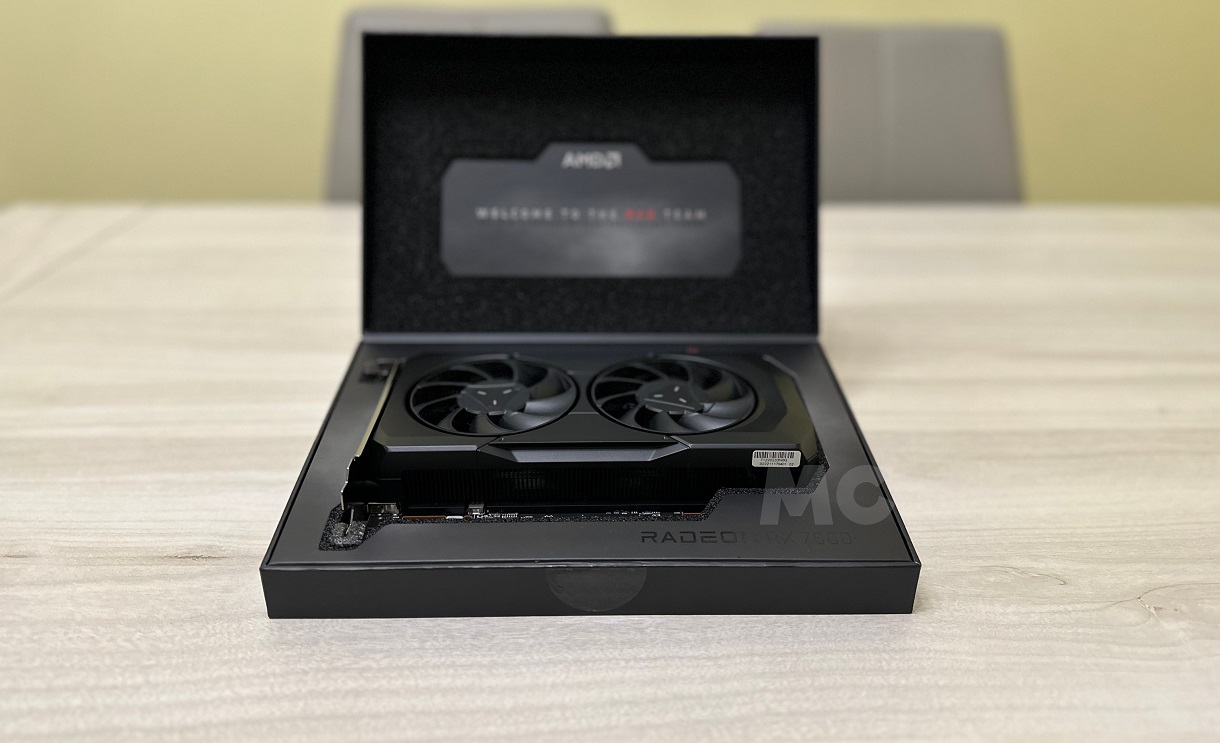NVIDIA GeForce RTX 40 vs. AMD Radeon RX 7000: models and equivalents
- August 9, 2023
- 0
The GeForce RTX 40 series is at a very advanced stage of deployment, so much so that NVIDIA currently only the GeForce RTX 4050 is expected to be
The GeForce RTX 40 series is at a very advanced stage of deployment, so much so that NVIDIA currently only the GeForce RTX 4050 is expected to be

The GeForce RTX 40 series is at a very advanced stage of deployment, so much so that NVIDIA currently only the GeForce RTX 4050 is expected to be releasedan inexpensive mid-range graphics card that, if all goes according to plan, should hit the market by the end of this year.
The Radeon RX 7000 is the exact opposite. This new generation of AMD has much more spaced and slower releaseand such important models as Radeon RX 7800 XT, Radeon RX 7700 XT and Radeon RX 7500 XT are yet to reach the market, although we do not rule out that other versions without the XT tag will also arrive.
It is for this reason that I have not yet updated the graphics card equivalence guide because I’m waiting for NVIDIA and AMD to finish the release of all the models that will shape their next generations, and there is no point in doing a partial update only to have to touch the guide again a few months later.

However, as I see that both are taking longer than I would like, and that many of our readers Some questions about how the GeForce RTX 40 and Radeon RX 7000 really rank, I decided to make a separate article focusing on both models. offer you an equivalence relation which will help you solve these doubts and allow you to be clear about how they build all available models of both generations.
To give you a broader view when talking about each graphics card and its equivalents I won’t just give you raw performancebut I’ll also tell you what to expect when ray tracing is turned on and reference technologies like DLSS 2, FSR2 and DLSS 3.
many means are reluctant to give frame generation the value it deserves, but that also happened in the early life of ray tracing and DLSS, and look where we ended up. As always, if you have any questions after reading the article, feel free to leave them in the comments.

The order adopted for listing each model is sorted by the power of it. So first I will list the most powerful model and its closest equivalent, if it has one. I’ll also mention the supported value technologies and their ability to work with ray tracing, as it’s a big topic today.

Both graphics cards will cover the mid-range economy sector and will be designed for smooth gaming at 1080p resolution. Looking at the specs and performance data of the GeForce RTX 4060, I think the GeForce RTX 4050 will work 20% to 25% less than in 1080p (rasterization).
We found ourselves in a similar situation with the Radeon RX 7500 and it will most likely work about 20% less than the Radeon RX 7600 at 1080p under rasterization. If confirmed, both graphics cards would offer very similar performance, but NVIDIA’s solution could be slightly more powerful.
It is important to note that the GeForce RTX 4050 may be limited to a 96-bit bus and equipped with 6 GB of GDDR6 memorywhile the Radeon RX 7500 will theoretically have a 128-bit bus and 8 GB GDDR6. This setup would give you an advantage in certain situations, but NVIDIA’s solution would make up for it DLSS 3.
The truth is, I really want to be able to test both graphics cards and tell you what they are capable of, although I dare say they will be quite capable at 1080p. If NVIDIA and AMD keep prices reasonable (around 200 euros) we could face two highly recommended solutions for tight budgets, and both will close the line GeForce RTX 40 and Radeon RX 7000.
Source: Muy Computer
Donald Salinas is an experienced automobile journalist and writer for Div Bracket. He brings his readers the latest news and developments from the world of automobiles, offering a unique and knowledgeable perspective on the latest trends and innovations in the automotive industry.